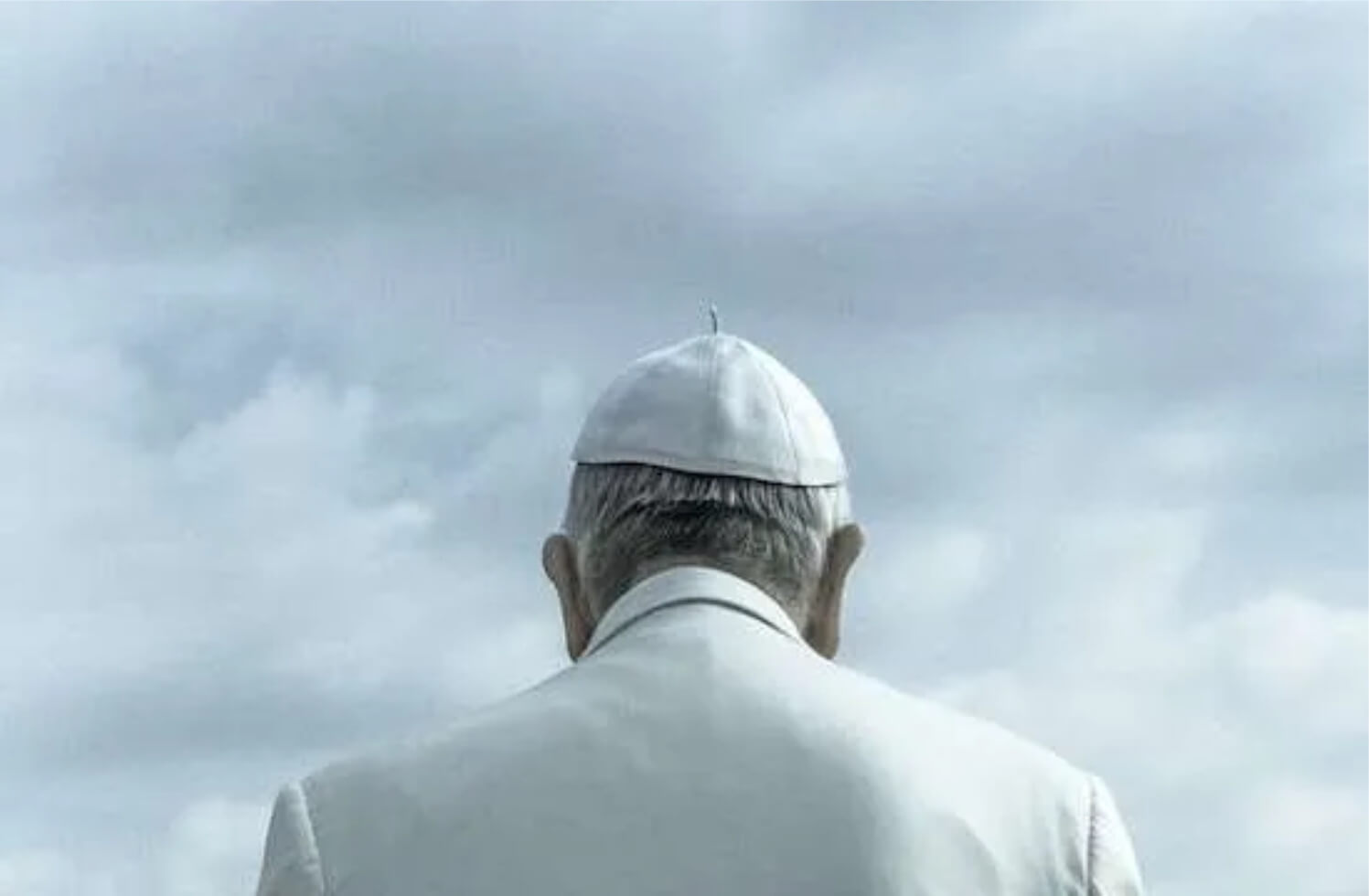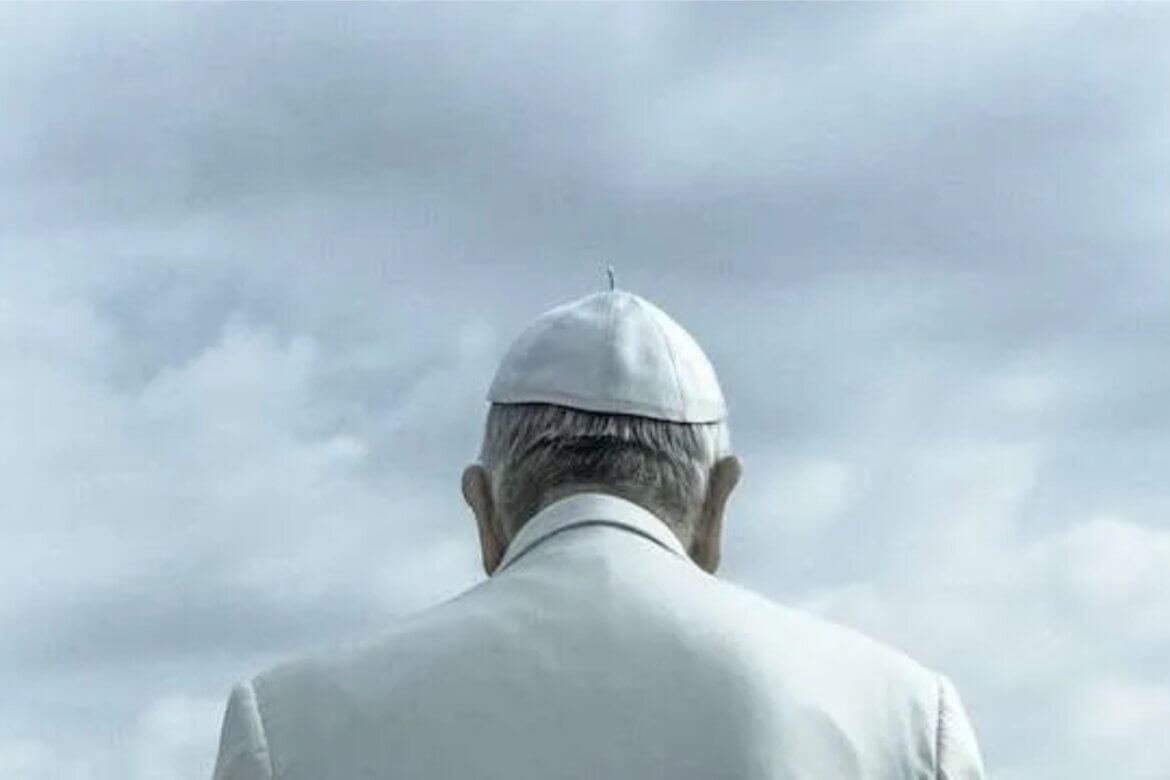The Unhealthy Obsession with the Papacy and the Future of Catholicism
Massimo Faggioli, U.S.
Volume 37 Issue 7, 8 & 9 | Posted: October 7, 2022

In an article published more than 20 years ago at the start of the new millennium, Jesuit historian John O’Malley talked about “the papalization of Catholicism”.
That was two popes ago and we were in the middle of the “Great Jubilee” of the Year 2000 called by John Paul II. Very few people back then could have imagined the storm that the Catholic Church is going through today – the battle between contending ideas of Catholicism along political-ideological fault lines, resulting in clashes over the sex abuse crisis, the liturgy, LGBTQ issues, divorce-and-remarried Catholics and so forth.
O’Malley synthesized with remarkable clarity a tendency in contemporary Catholicism: the development of “the cult of a papal personality”, which started at the beginning of the 19th century for both ecclesiastical and political reasons.
The 21st century marks another phase in this papalization of Catholicism, and right now it is showing – especially to liberal and so-called “Vatican II Catholics” – how misleading it is to think of the papacy in political-partisan terms. Since 2013 it has become a truism to say that since the election of Pope Francis, liberal and progressive Catholics have become ultramontanists and, conversely, conservative Catholics have started to appeal to their conscience in order to dissent from papal teaching.
But the situation is more worrying than this.
Self-delusion among Vatican II Catholics
In an interesting article published in the New York Times at the beginning of January, American journalist and political analyst Ezra Klein looked at the plans of US Republicans and, specifically, the “precinct strategy” of Steve Bannon, former senior advisor to President Donald Trump.
Klein made the point that Republicans are focusing on local races and the micro (local) level of politics: election boards, county recorders, city clerks, et al. These are the low-level offices that have some control over who votes and how they do so.
At the same time, Klein sees in US Democrats a disturbing tendency to focus on a national strategy without considering that it has no chance if the political machinery of organizing and counting the results at the local level is dominated by Republicans.
There are many parallels that one can draw between the US political situation that Klein describes and what is currently going on in the Catholic Church.
What Klein says about US Democrats, can be applied to the self-delusion of many liberal Catholics in the Church today. “I fear denial has left many Democrats stuck on a national strategy with little hope of near-term success,” writes Klein. “In order to protect democracy, Democrats have to win more elections. And to do that, they need to make sure the country’s local electoral machinery isn’t corrupted by the Trumpist right,” the analyst argues.
Complacency among the liberals
To paraphrase, a similar denial has left many Vatican II Catholics stuck on a Roman strategy with little hope of near-term “success”, which would be defined as saving Catholicism from the brazen attempts to reverse the teachings of the Council (beyond just the liturgical reform). It must be emphasized that the Church is not a political organization and the goal is not the victory of one ecclesial party over another (even assuming there are only two parties, which is not the case).
This is even more important to understand during the ongoing “synodal process”.
But the parallel with the American political crisis helps us see our ecclesial situation.
During the last three decades, Vatican II Catholicism often became complacent and saw itself as the inevitable future. It did not see the need to invest resources in the younger generations of clergy and those working for the institutional Church.
But on the other side of the spectrum, neo-conservatives (first) and neo-traditionalists (later) skewed basic teachings toward objectivist proofs and Catholic lore.
Sites like EWTN, Church Militant and others ramped up these basics and made them ideological for a popular audience. Controversialists like Richard John Neuhaus and Michael Novak did apologetics with a sophisticated gloss for a more cultured public.
These efforts converged with an “Americanization” of conservative Catholicism for which I strongly recommend Massimo Borghesi’s latest book, Catholic Discordance, which has just been translated into English.
Countering grievances with grievances
If you think that neo-traditionalist, anti-Vatican II Catholicism is just an ephemeral, seasonal disease, you are wrong, especially in some countries. Just look at the ideological tendency within the majority of the US bishops and the young clergy.
Conservative Catholic apologetics has a vision both at the “universal level” that reaches through the media and new media (see Bishop Robert Barron) and at the local level.
Observe what is happening in places like Denver (Colorado), the ground-zero of the Catholic hard-right in the United States today.
The local ordinary, Archbishop Samuel J. Aquila, last year felt entitled to publish an unseemly “open letter” to his fellow bishops, especially those in Germany, warning against the German “synodal path”.
How did right-wing Catholics, angry converts, Catholic Barthians, Burke-ists, Francis-haters & Co. – a minority of voices – happen to scream the loudest and wield such influence with ordinary Catholics and their kids? Catholic Twitter is not the Church, for sure, but is part of the Church. However, Catholic Twitter isn’t the problem; rather, it’s the simplistic, objectivistic apologetical training that right-wing Catholics received before they discovered social media.
Liberal Catholics are wrong if they think that they can counter “conservative grievance” only with a different kind of grievances.
Amateurs talk strategy; professionals talk logistics. This is happening in the Catholic Church as well, I am afraid. It is mostly local ecclesial experiences that determine the dynamics of Catholicism.
Need to work at the local level
The Vatican and the so-called “Francis bishops” are important for the future of the Church. But without a reclamation of the Catholic charism at the local level – schools and universities included –, this Vatican II pontificate will be wasted, especially for Churches like the one in the United States.
This means working from the ground up rather than moaning about what they’re doing or not doing at the top. It means making a recommitment to the Church also as an institution.
The parallel to election boards and city clerks – the lower-level action – is thus truly the pastoral bottom line: homilies, catechetics, apologetics.
And what it is that many Catholics across the left-right spectrum so often say has failed since Vatican II? Catechetics. What has continued to disappoint so many Catholics? Homilies, RCIA, explanations of the Catholic basics, introduction to the Scriptures and theology.
The conditions within which this all happens are overwhelmingly complex: economic considerations, cultural expectations, historical context.
But an exclusive focus on the on-the-ground work for social justice issues and Catholic social thought, without a concern for the “canonical” theological formation (Bible, liturgy, sacraments, history of the tradition) of the younger members of the Church, is a losing strategy.
The bottom-up interpretation of how power gets results – and how “information in the service of outrage” is only “political hobbyism” – explains, at least somewhat, how cardinals and bishops (like Burke, Viganò and Strickland), priests (like Fr. Z, Pavone and Altman), national-conservative Catholics (like J.D. Vance and Sohrab Ahmari) and media outlets (like EWTN) can suck all the air out of the room and be “received” as “orthodox Catholics,” while Pope Francis can be condemned as a Satanist and heretic.
Meanwhile, the rest of us who realize the nuances at work in the Christian life rage impotently at the coming gloom and are considered out-of-touch academic pinheads.
Need to recover the paradoxical nature of the Church
And sadly, much of the effort of Vatican II Catholics on social media is little more than mimicking the “outrage industry” of political opinion media.
The “Off-With-Their-Heads” pieces against the bishops, for example, have become a form or a genre. Ecclesiological considerations aside, I don’t think they build much other than enjoying the “lucrative conformism” that is typical of the American intellectual establishment.
I have often written articles harshly critical of our episcopal leadership, but the anti-bishops narrative has become an expression of its own kind of establishment. The “Why-I-Left-the-Church” pieces tend to be hailed as always heroic and prophetic.
Sometimes they are truly prophetic and spiritual acts of clarity. But other times, Vatican II Catholics should also be able to call them what they are – a fuga ecclesiae that is the mirror image of the “Benedict option” and the other options available on the market.
There is no end to the ecclesial crisis without Vatican II Catholics recovering the paradoxical nature of the Church, as opposed to the Church as a new kind of societas perfecta: perfectain different ways according to different ideological ways of projecting Christianity on the basis of a certain assumption of “society”.
What Pope Francis recently said in passing about “cancel culture” was not a concession to conservatives. It was a reminder of the need to keep the Church free from moralistic sectarianism.
US Democrats have become obsessed with the White House and, in a similar way, liberal Catholics have become obsessed with the papacy. While Republicans are working to prepare the next elections (and/or the manipulation of the results) at all local levels, Democrats are betting everything on the big prize.
In a similar way, it is time to liberate the progressive aisle of Catholicism from the idea that the future of the Church is in the hands of the pope alone. The social, political and liberationist dimensions of the Church of Vatican II require a minimum of institutional fabric – and not just the papal office.
Today, investing in institutions looks so desperately passé and antiquated, especially in Catholicism. But sometimes one must wage unpopular battles by fighting rearguard.
Massimo Faggioli, U.S.

